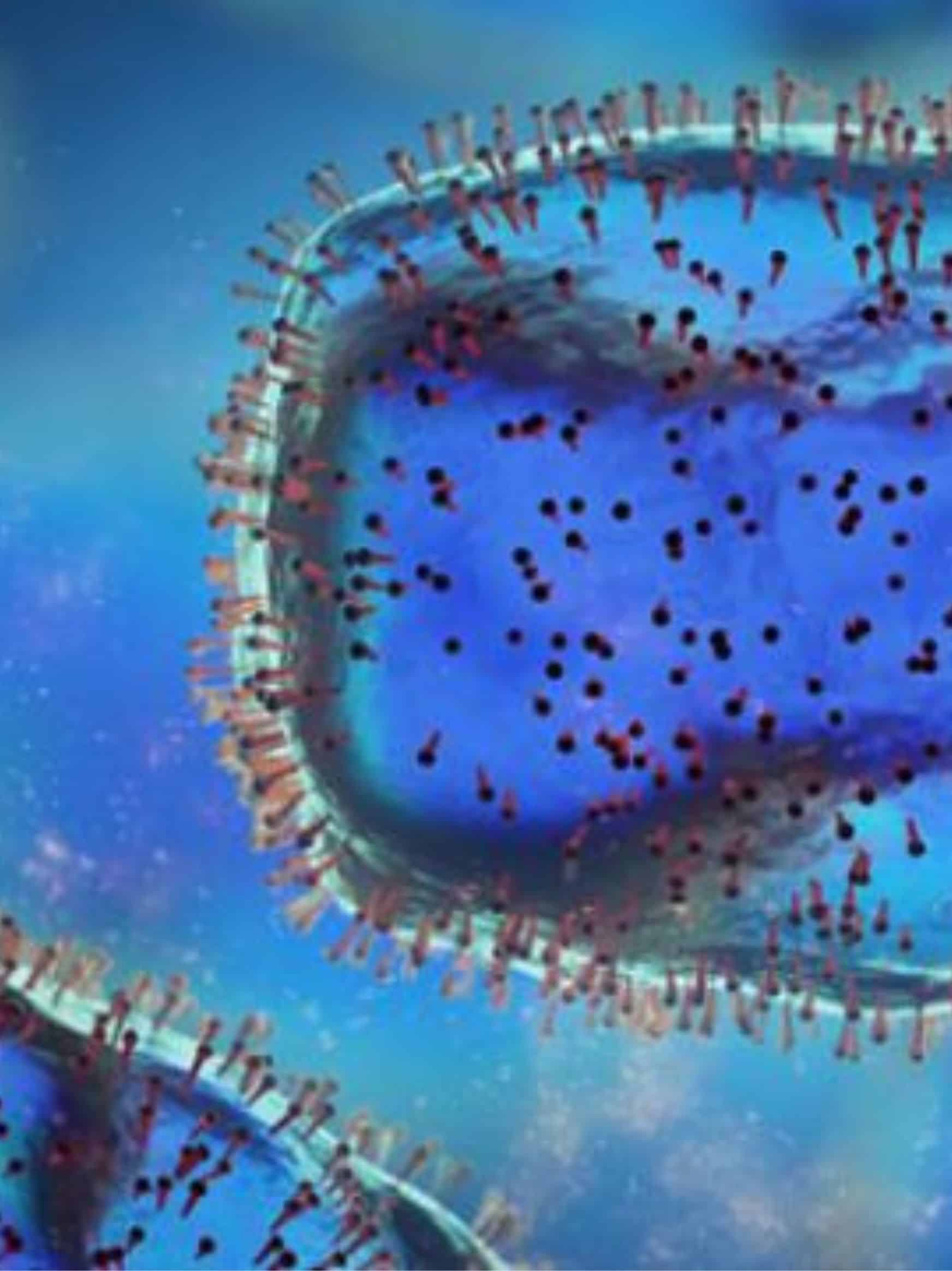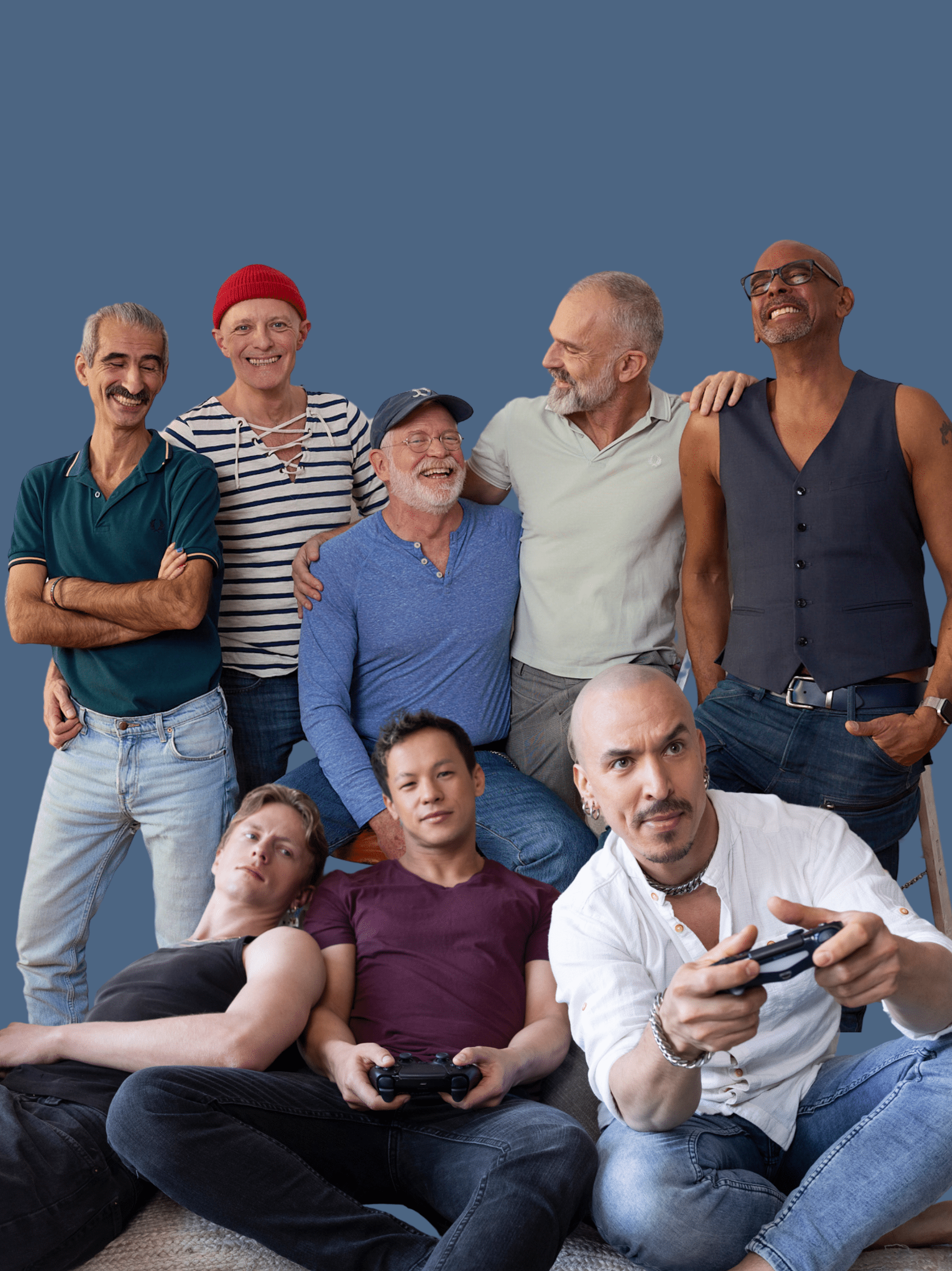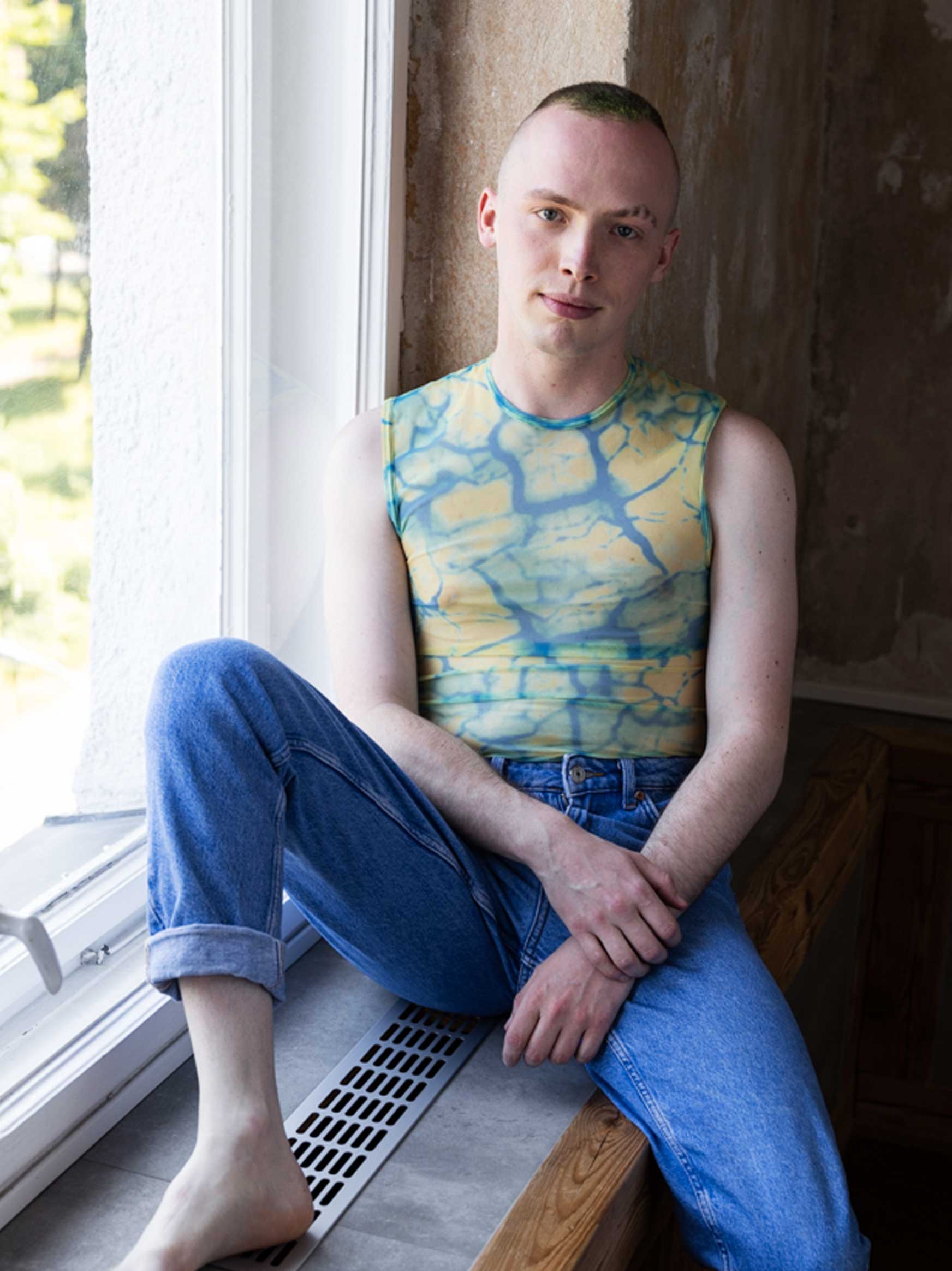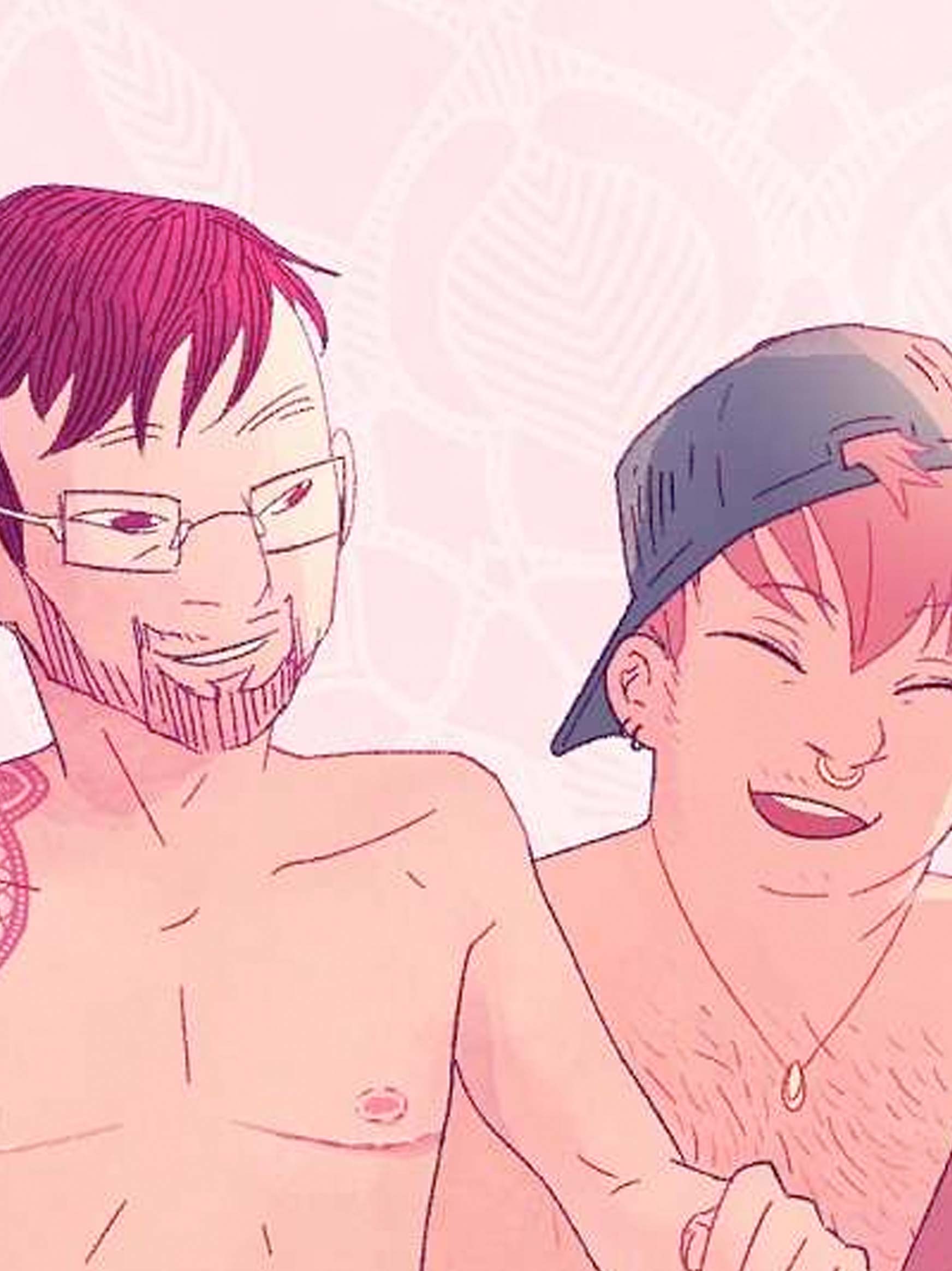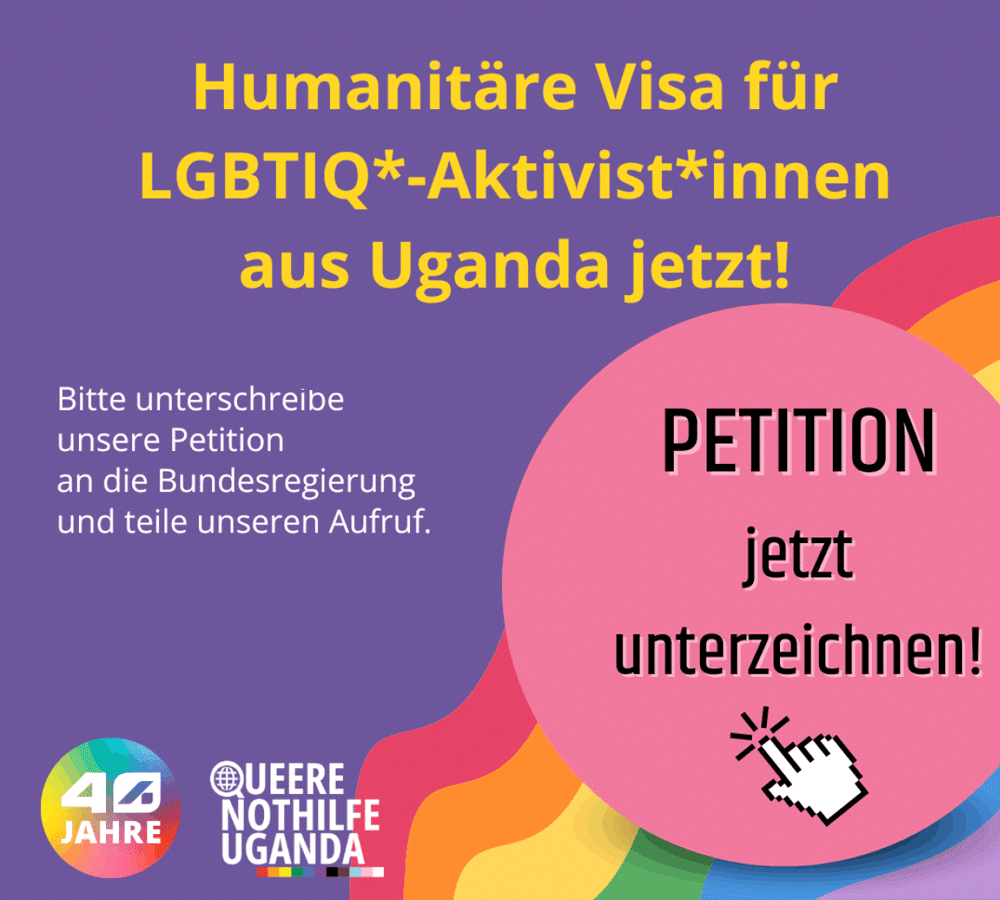Until the "Day against Homophobia" on 17 May, we will be presenting people, projects and campaigns that are committed to fighting homophobia here on the blog. We talk to them and listen to their stories. They are diverse, colourful and exciting and show the many different faces this commitment can take.
Part 2: "Gays have arrived in the media mainstream"
How homosexuality is portrayed on TV and in the press today
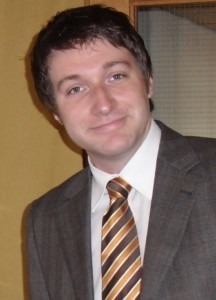
Martin Munz (37) works in the research team for NDR television and is a member of the federal board of the Bund Lesbischer und Schwuler JournalistInnen (BLSJ). In an interview withPhilip Eicker, he talks about the image of gays and lesbians in the media, why his organisation protested against a cover story in the FAZ and why he is still waiting for a portrait of a lesbian candidate for chancellor.
Martin, when was the last time you saw a gay man on television?
In "Forbidden Love". I have to admit that a gay plot still grabs me, even in a soap opera that has been pulled by the hair. Apparently, there are not yet so many programmes like this that I can simply switch off.
How do gays fare on the evening news?
Homosexuality hardly plays a role at the moment, neither positively nor negatively. The only newsworthy topic at the moment is the equalisation of registered civil partnerships with heterosexual marriage under tax law. However, this is at best a news item in the evening news. As far as I know, daily newspapers are covering the issue in a very balanced way. Apart from the fact that a headline in the FAZ only mentioned "gay marriage", although the regulation also affects lesbian couples.
What image of gays does the average German television viewer have?
Gays have - by and large - arrived in the media mainstream: Most articles emphasise their normality; usually in conjunction with the message that these friendly, nice men are still disadvantaged in some respects. On the one hand, this is a great achievement of the gay and lesbian movement. However, it also creates new clichés - often unintentionally. The important issues too often fall by the wayside. When gays and lesbians are mentioned, their homosexuality is often an essential part of the story. The fact that a person is homosexual is still enough for a story these days, be it the heteronormatively conformist rainbow family father or the exotic artist.
And that is worth criticising?
Let's put it this way: it would be better if a person was not portrayed because they are homosexual, but because they are interesting professionally or socially committed. Then it would be enough to include a subordinate clause stating that the woman is partnered or that the man has been living with his partner for many years. Just as is already the case with heterosexuals. There is hardly a heterosexual portrait without a reference to marital status! When it comes to homosexuals, however, many journalists find it difficult. Perhaps because they fear that the actual story would be overshadowed by this information. Or because the enquiry seems too intimate.
Where exactly do you draw the line: what is homophobia, and what is the normal level of malice that a public figure has to endure?
Nobody should actually have to endure malice because of their private life - unless they have been preaching water and drinking wine. Nevertheless, there are of course always discriminatory formulations in the media. In our assessment, we pay attention to whether a derogatory comment is made deliberately or simply out of ignorance. We check: Is a negative attitude clearly recognisable?
Can you give an example of this?
Our fiercest protest in months was against an article on the front page of the FAZ. It was about an investigative report on sexual abuse in the Catholic Church in Holland. The author simply adopted a phrase from the report: A "homosexual subculture" is "a decisive factor for assault". This is clearly homophobic because, in medieval fashion, it places homosexuality and paedophilia in the same context. A gay subculture does not per se promote sexual abuse. That may be the case from the point of view of the Catholic Church, but on the front page of the FAZ such a statement is a serious faux pas. It speaks of deep-seated homophobia. Or is the heterosexual subculture in the church responsible when priests commit offences against little girls?
When something like this happens, does the BLSJ write a letter of protest?
Yes, we draw their attention to their rubbish. But we're in a dilemma: Our heterosexual colleagues often write nonsense. But our protest should not lead to them generally keeping their hands off gay and lesbian issues. We therefore offer our advice when there is uncertainty, for example when it comes to terms or the question: Is it even allowed to say that? One example: many heterosexuals do not realise that "homosexual" means women and means men. Most people use "homosexual" and "gay" interchangeably. This leads to expressions such as "homosexuals and lesbians ...". We do friendly educational work for the uninformed.
And what mistakes do you react less favourably to?
For example, when terms such as "homosexual milieu" appear in articles. In our view, this has a clearly discriminatory undertone. No one would think of talking about a murder "in a heterosexual milieu" just because a man and a woman were involved. Milieu may be a sociological term, but the articles are miles away from a differentiated sociological view. It's all about using the word "milieu" to imply something half-silky. The term "homosexual milieu" can mean anything from the Lange Reihe in Hamburg to Guido Westerwelle's Foreign Office, as long as there are gay people there.
Which media report have you been waiting for in vain?
On the portrait of the candidate for chancellor, which deals in detail with her political content and only mentions in passing that she has been living happily with her partner for many years.
Interview: Philip Eicker
